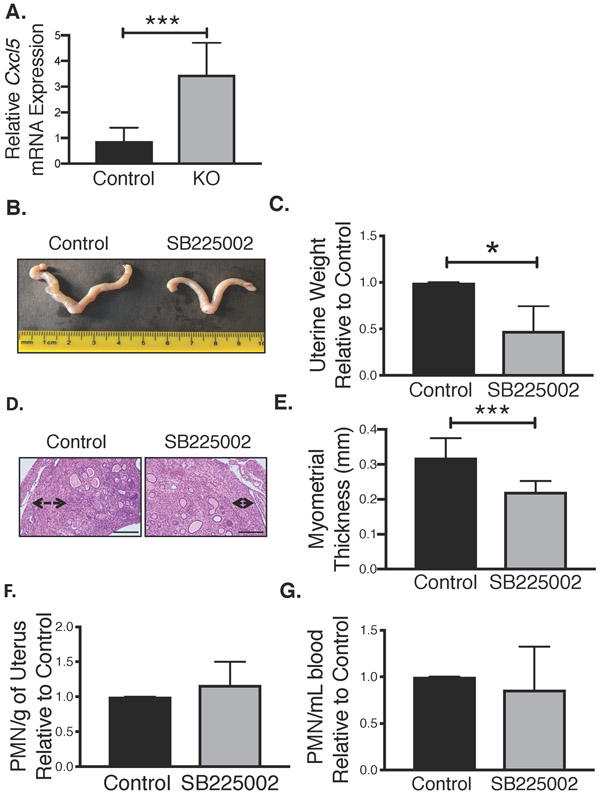Figure 4. Inhibition of MDSC recruitment attenuates Tsc2-null myometrial tumor growth.
A. Analysis of Cxcl5 expression relative to GAPDH in KO and control mice by quantitative PCR, using unpaired two-tailed t test (n=8/control group; n=6/KO group, ***p<0.001) B. Representative images of uterine tumor growth from control and CXCR2-antagonist (1mg/mL, SB225002) groups. C. Uterine weight was compared between control and CXCR2-antagonist treated groups using unpaired two-tailed t test (n=4/treatment group, *p<0.05). Data are shown as uterine weight relative to matched control treated mice. D. Representative H&E depicting myometrial thickness in control and CXCR2-antagonist treated mice (scale bar, 100μm). E. Myometrial thickness was quantified in control and CXCR2-antagonist treated mice using unpaired two-tailed t test (n=4/treatment group, ***p<0.001). F. Tumor-infiltrating PMN-MDSCs were assessed by flow cytometry in control and CXCR2 antagonist treatment groups after 6 weeks of treatment (n=4/treatment group). Data are shown as PMN-MDSCs per gram of uterus relative to matched controls. G. Circulating PMN-MDSCs levels in CXCR2-anatonist treated mice were quantified relative to control using unpaired two-tailed t test (n=4 separate studies).

